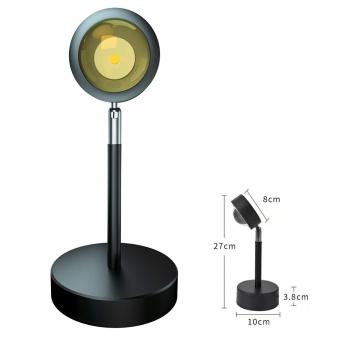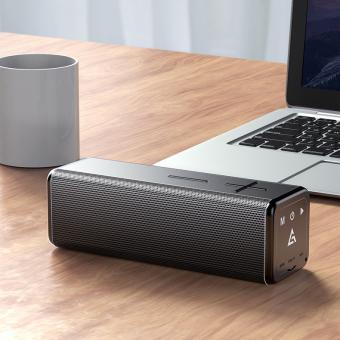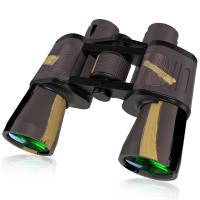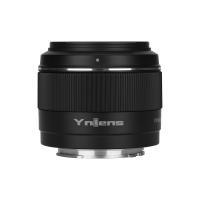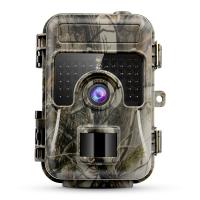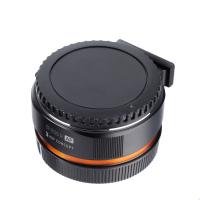Where To Put Speakers In A Room?
Speaker placement is a significant factor that influences the acoustics and overall sound quality within a room. Whether you are setting up a home theater, a professional audio studio, or a simple living room entertainment system, understanding where to position your speakers is essential. This article will walk you through some general rules and tips that can help you achieve optimal sound quality in various types of spaces while addressing some of the most common user queries and concerns.
Understanding Acoustics

Before deciding where to place your speakers, it's paramount to grasp the basics of room acoustics. The way sound waves interact with the dimensions and materials in your room will significantly impact what you hear. Reflective surfaces (like windows and hardwood floors) can cause sound waves to bounce, while absorptive materials (like carpets and curtains) can dampen these reflections, leading to different acoustic results.
General Guidelines for Speaker Placement

1. Space from Walls

One of the first rules is to avoid placing your speakers too close to walls. Doing so can cause a phenomenon called "boundary effect," which amplifies bass frequencies and can make your audio sound overly boomy. As a general recommendation, aim to position your speakers at least 1-2 feet away from any wall.
2. Symmetry

Symmetry in your setup can significantly improve the quality of your stereo imaging. Make sure your left and right speakers are at an equal distance from their respective side walls and forms an isosceles triangle with the listener. This ensures that sound waves from both speakers reach the listener simultaneously, providing a more cohesive and balanced sound.
3. Ear Level
For the best audio experience, whether you're using bookshelf speakers, floor-standing speakers, or even a desktop set, the tweeters (the smaller drivers responsible for high frequencies) should be positioned approximately at ear level when you are in your main listening position.
Specific Room Setups
Home Theater
For a home theater setup, the placement of speakers is crucial for an immersive surround sound experience. Here are key points for various types of speakers:
* Front Speakers (Left, Center, Right): The front left and right speakers should be placed equidistant from the central listening position, forming an equilateral triangle with the listener. The center channel, typically placed above or below the TV, should aim towards ear level.
* Surround Speakers: These should be positioned slightly behind and to the left and right of the listener. If using 7.1 surround sound, the additional two speakers should be placed directly on the sides.
* Subwoofer: Placement can be trickier due to bass wave propagation. Experiment with positioning but keep it away from corners where bass can become too accentuated.
Audio Studio
In a professional audio studio, the goal is to achieve an accurate and impartial sound. Here's how best to position your monitors:
* Near-Field Monitors: Position them about 3-4 feet apart at ear level, angled slightly inward (usually 15 degrees) toward your listening position. This setup minimizes room reflections and provides a "direct" sound.
* Subwoofer: A single subwoofer is often sufficient. Experiment with placement along the front wall of the room to find a spot with the most balanced bass response.
Living Room
The living room can be more challenging due to furniture, aesthetics, and communal usage. Here's a simplified guide:
* Stereo Pair: Place the speakers on either side of your main seating area, equally distanced from it. Avoid corners and reflective surfaces.
* Bookshelf Speakers: If placing speakers in bookshelves, ensure the front of the speaker aligns with the edge of the shelf to prevent diffusive sound distortion.
* Soundbar: Position directly beneath the TV. Wall-mounting can be an excellent aesthetic and practical choice if done correctly.
Common Problems and Solutions
1. Bass Boominess
Rooms with lots of hard surfaces or minimal furniture can amplify bass frequencies excessively. Adding rugs, curtains, and even soft furniture can help absorb excess bass. Alternatively, use bass traps designed specifically to deal with low-frequency issues.
2. Echo and Reverberation
Reverberation, caused by sound bouncing off walls, floors, and ceilings, can muddy sound quality. Acoustic panels can help absorb these reflections, making for clearer audio. For a less intrusive approach, consider thick curtains, padded carpets, or large plants to disperse sound waves.
3. Speaker Stands vs. Furniture
Using dedicated speaker stands instead of placing speakers on furniture is generally recommended for optimal sound quality. Speaker stands allow you to position the speakers at the ideal height and angle, and they're often designed to mitigate vibrations and resonance.
Advanced Tips for Enthusiasts
Audyssey Dynamic EQ and Room Correction Tools
Use room correction tools like Audyssey Dynamic EQ or Dirac Live to calibrate your system. These tools use a microphone to measure your room's acoustics and then adjust the sound output to compensate for any anomalies. This can be incredibly useful in achieving the best possible audio experience.
DIY Acoustic Treatment
For budget-conscious audio enthusiasts, DIY acoustic panels can be an effective way to treat your room. Regular fiberglass insulation board, covered with fabric, can serve as a makeshift acoustic panel at a fraction of the cost of professional products.
Final Thoughts
Proper speaker placement can dramatically enhance your listening experience, but it's often a process of trial and error. Each room is unique, and the "best" placement for speakers can vary based on a variety of factors, including room size, shape, furniture, and personal preference. Taking the time to experiment and adjust your setup can yield substantial rewards in terms of audio quality. Utilize the tips and guidelines provided to elevate your audio experience, ensuring that your speakers sound as good as they possibly can in your specific environment.




